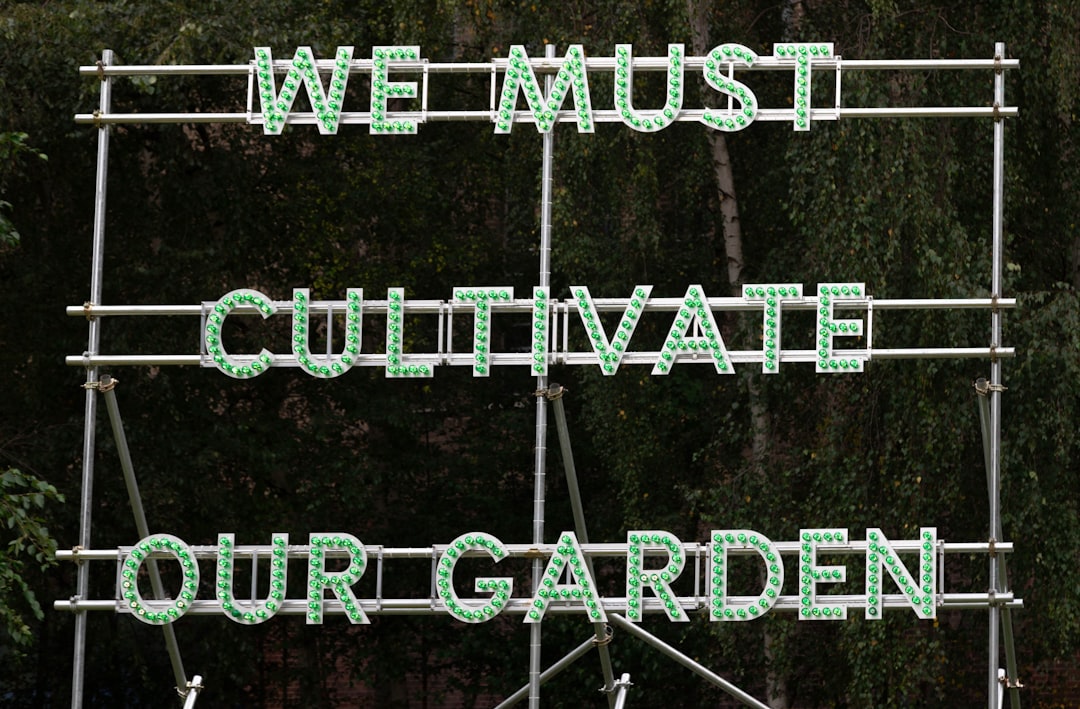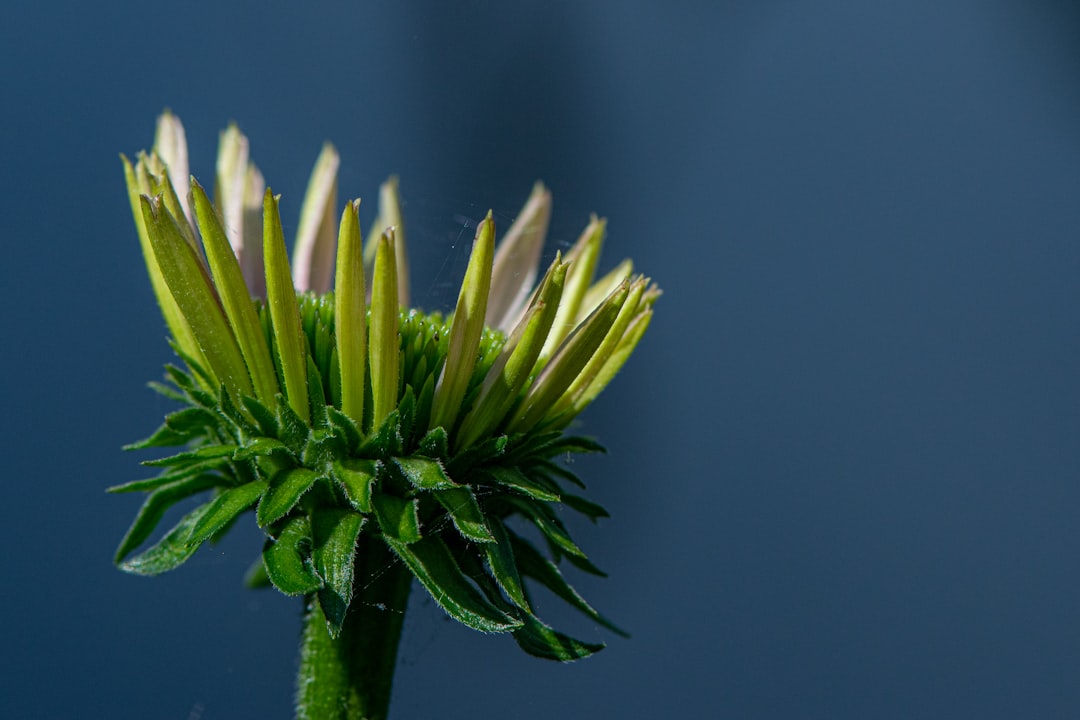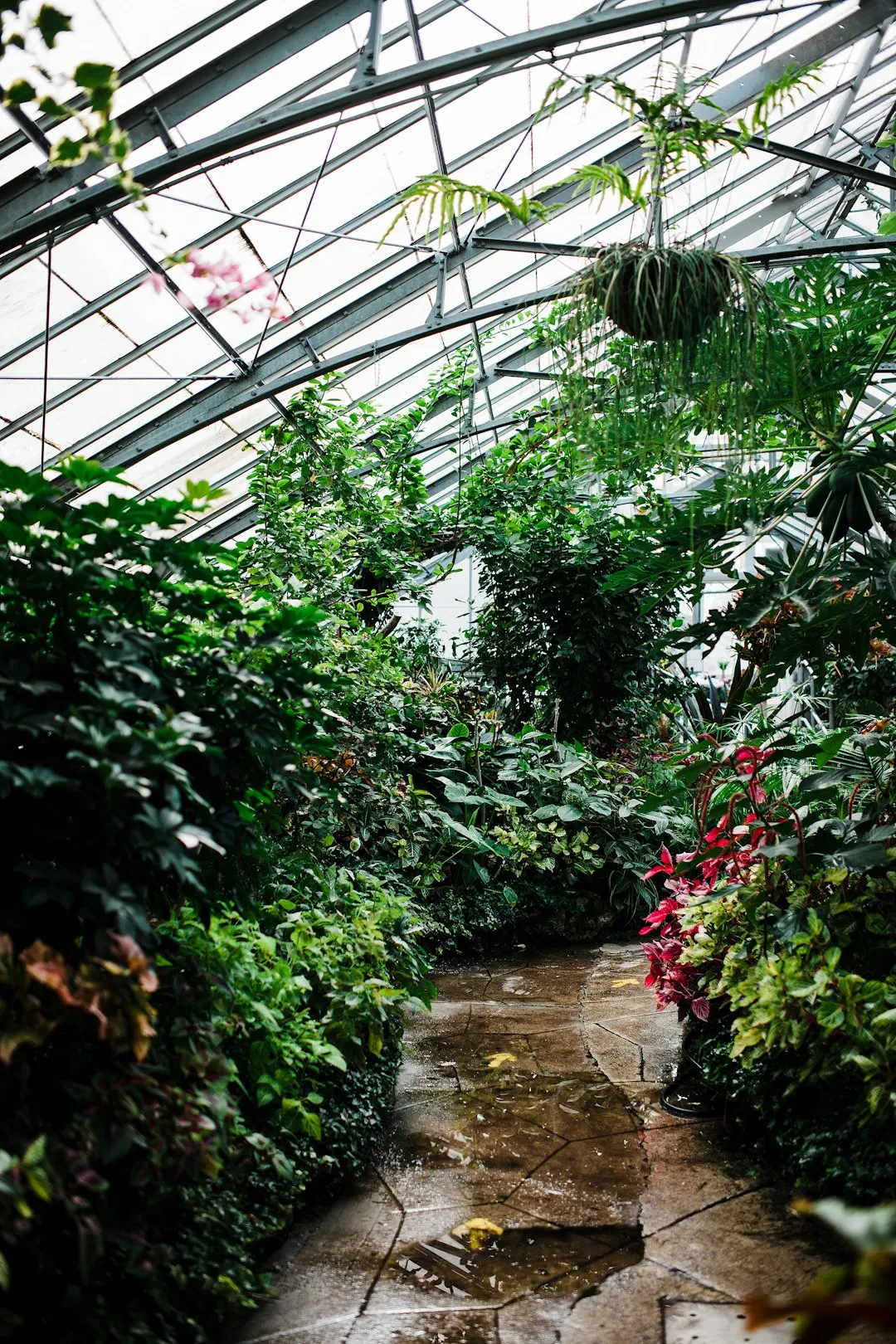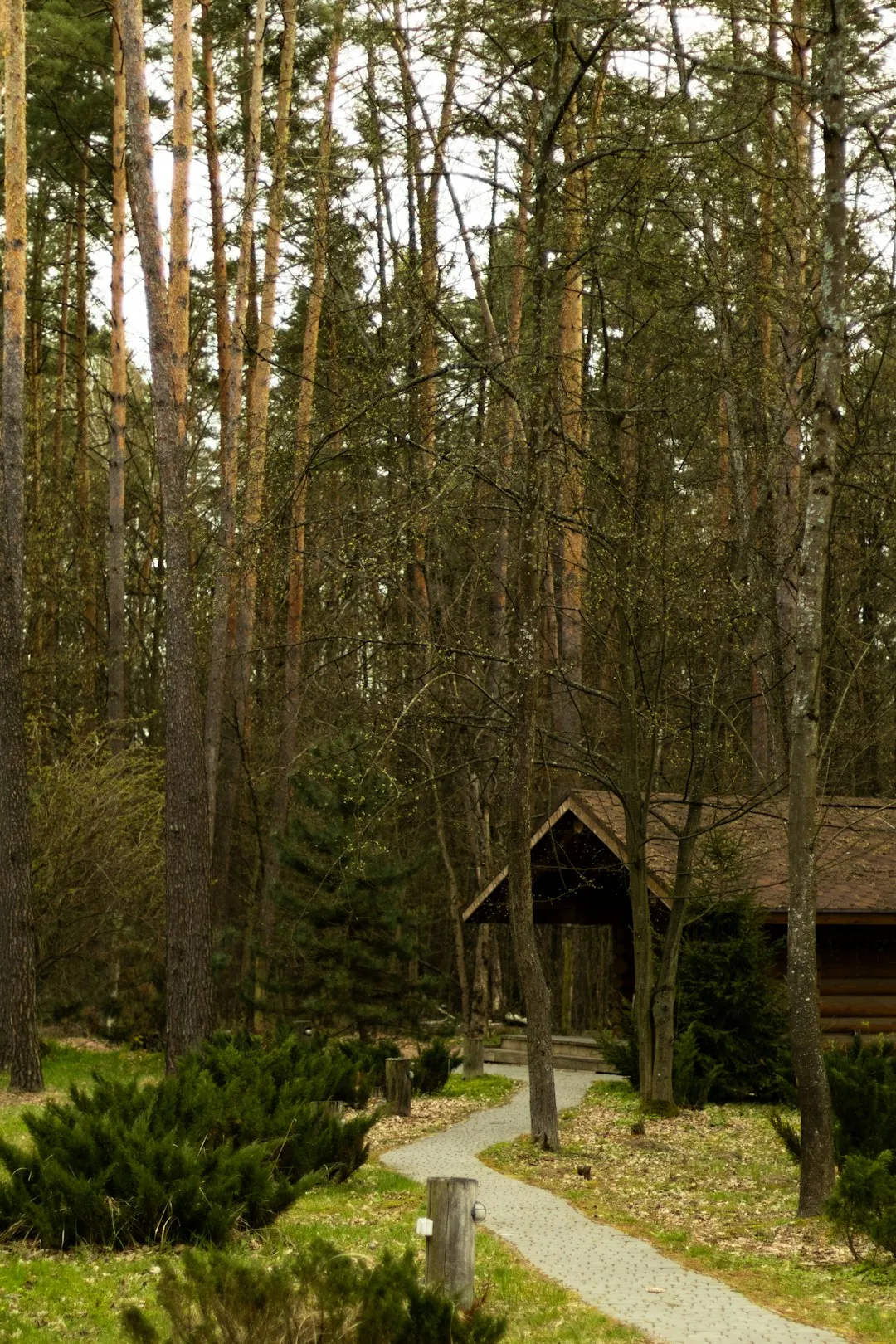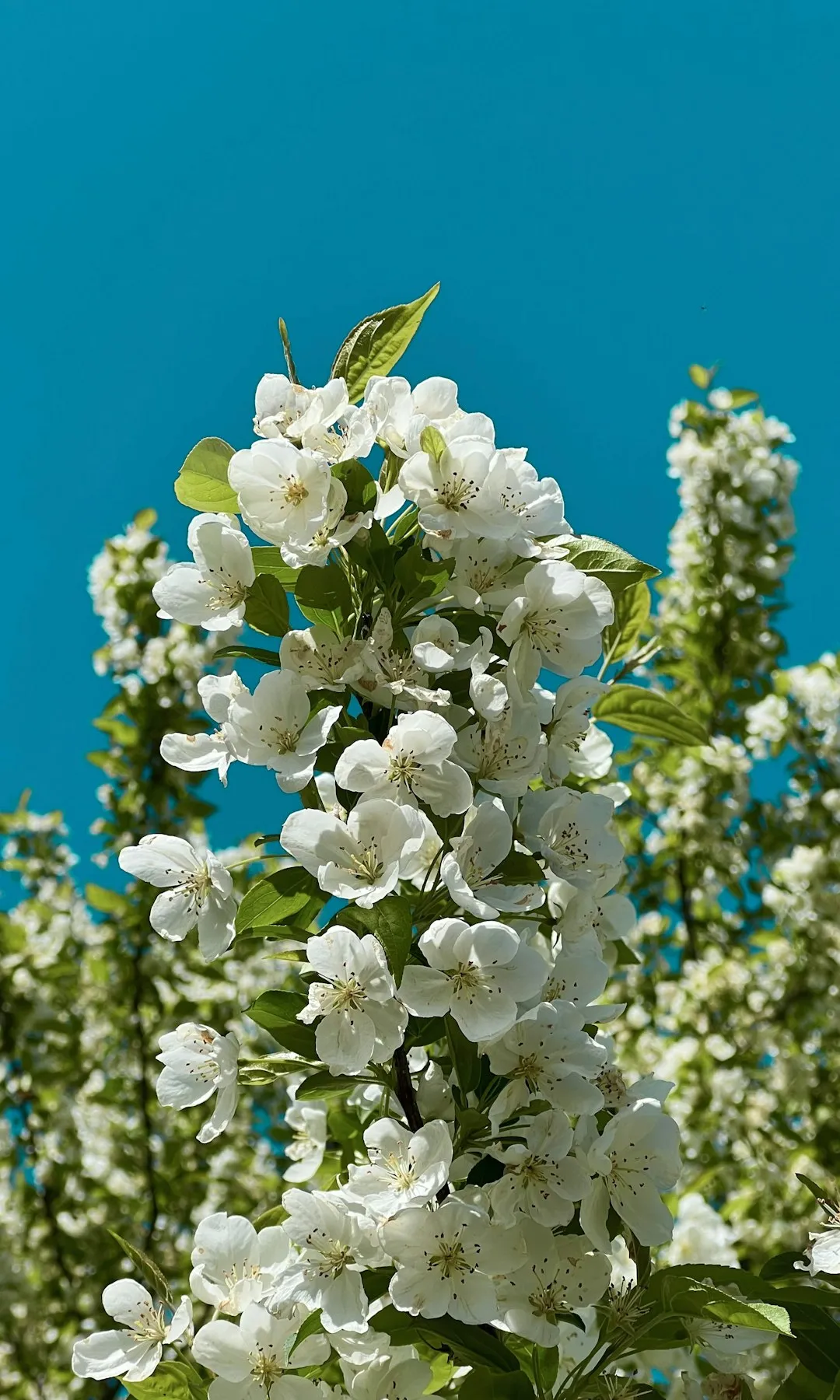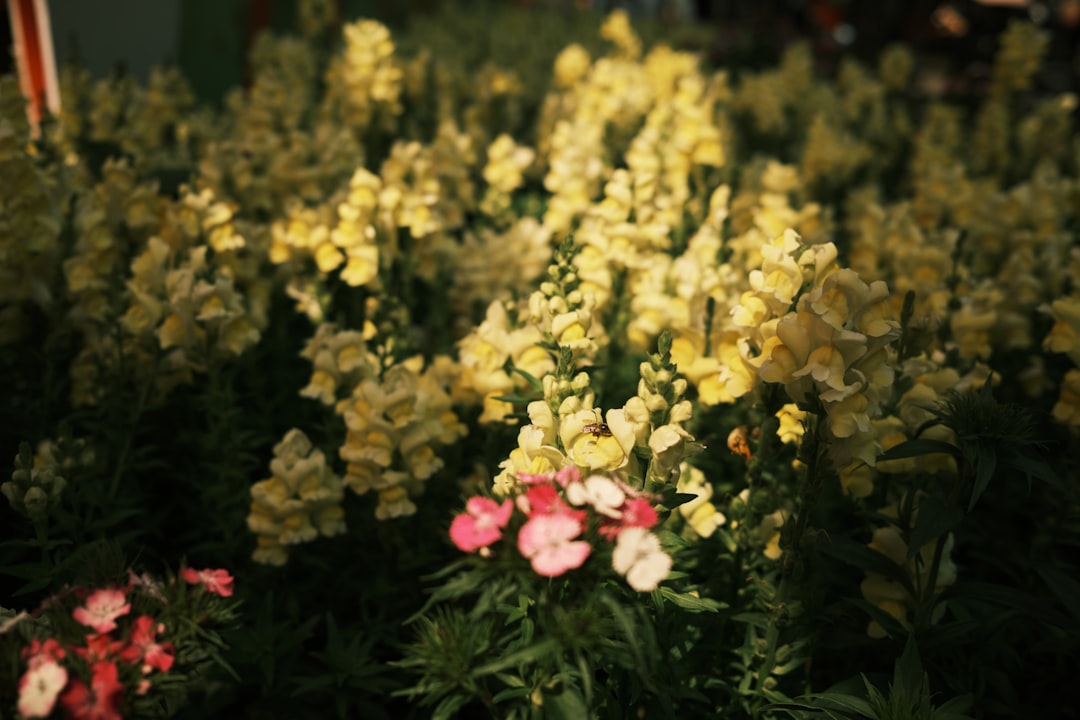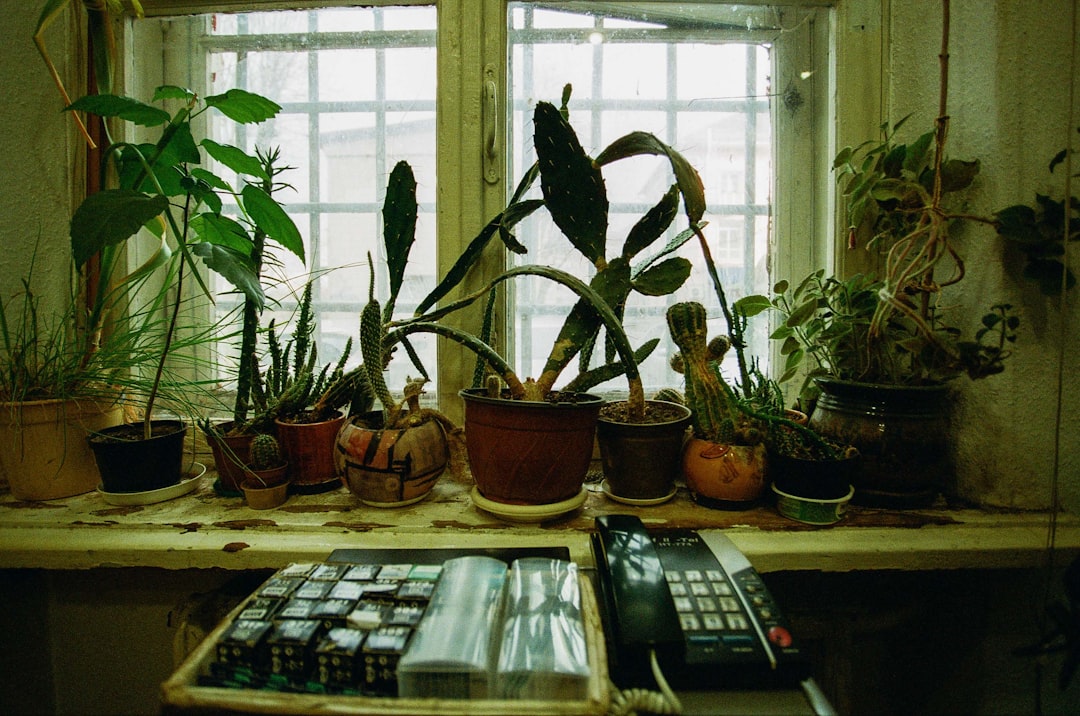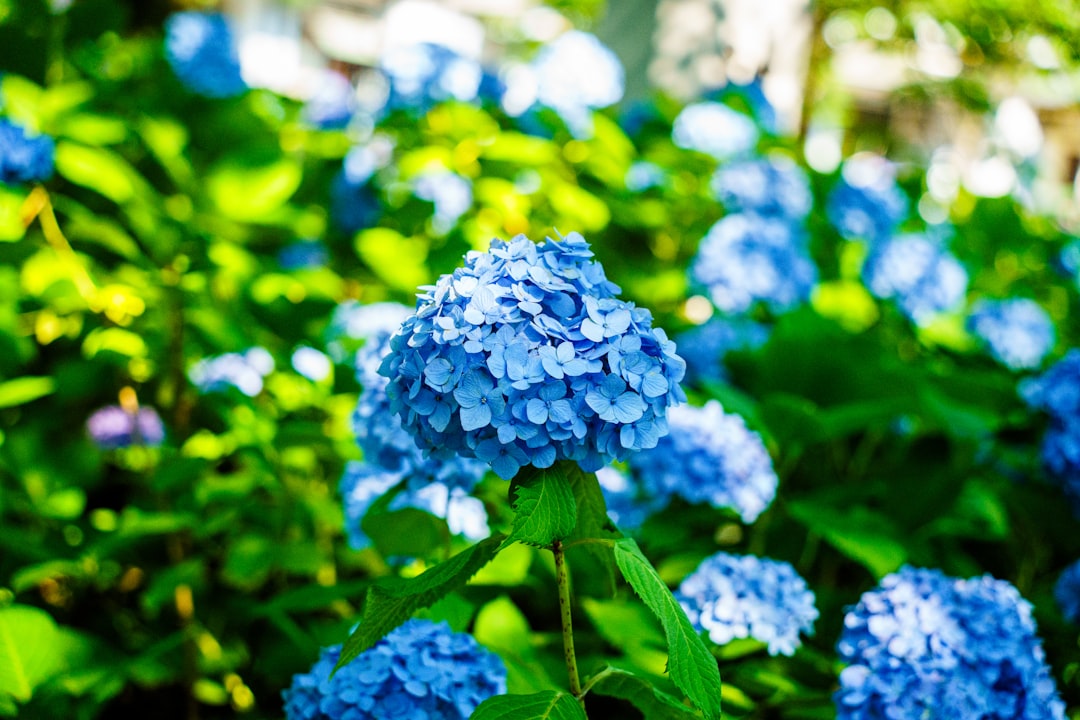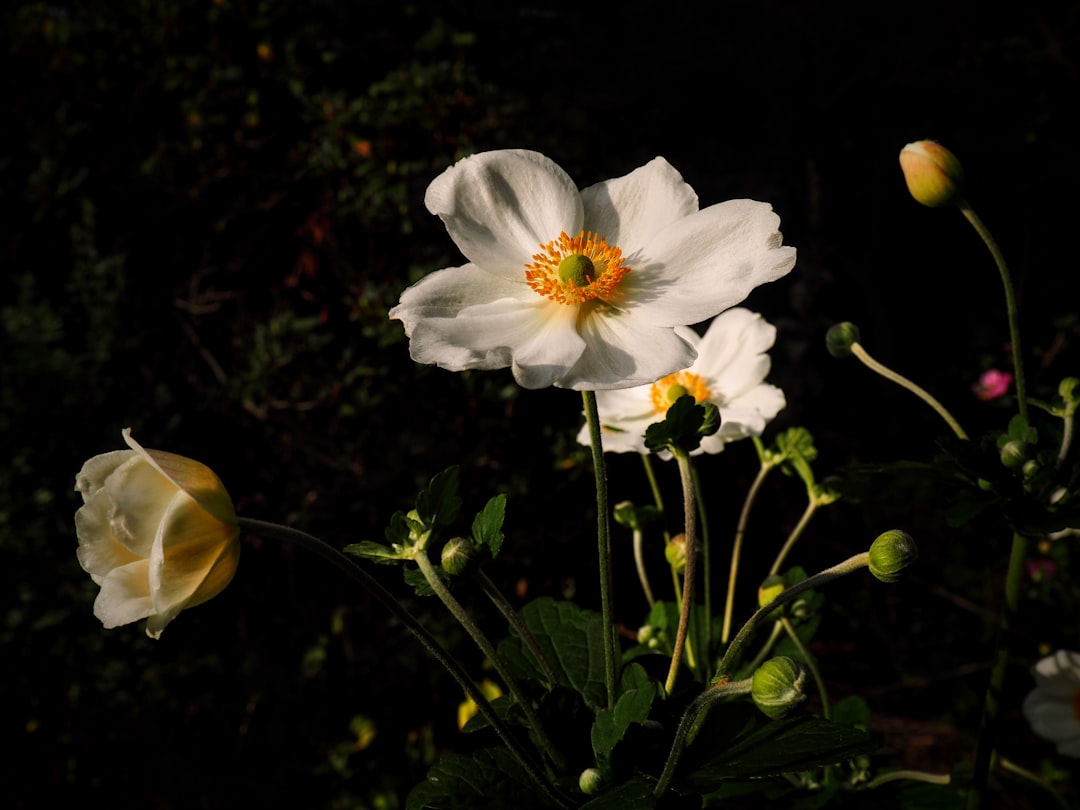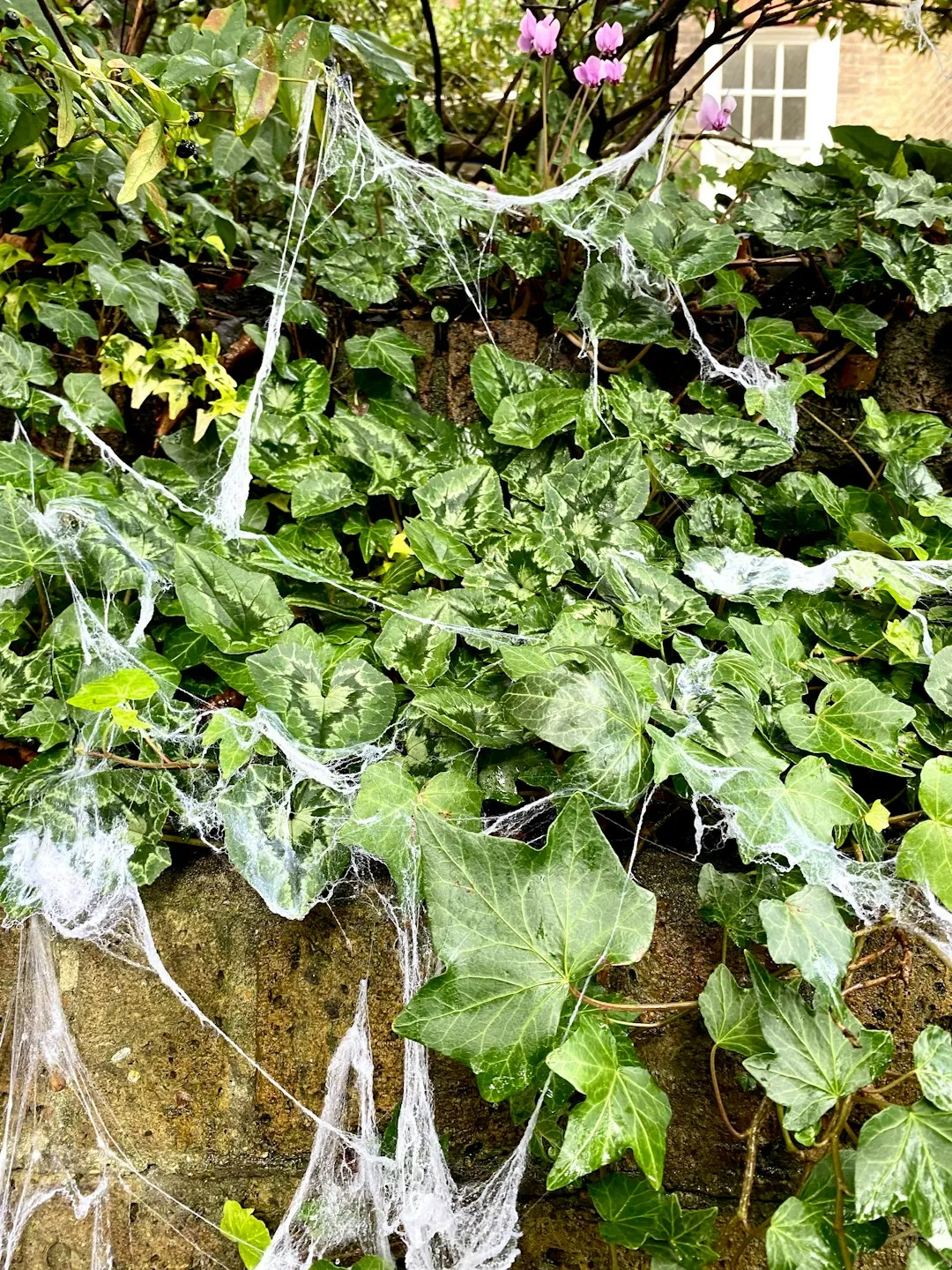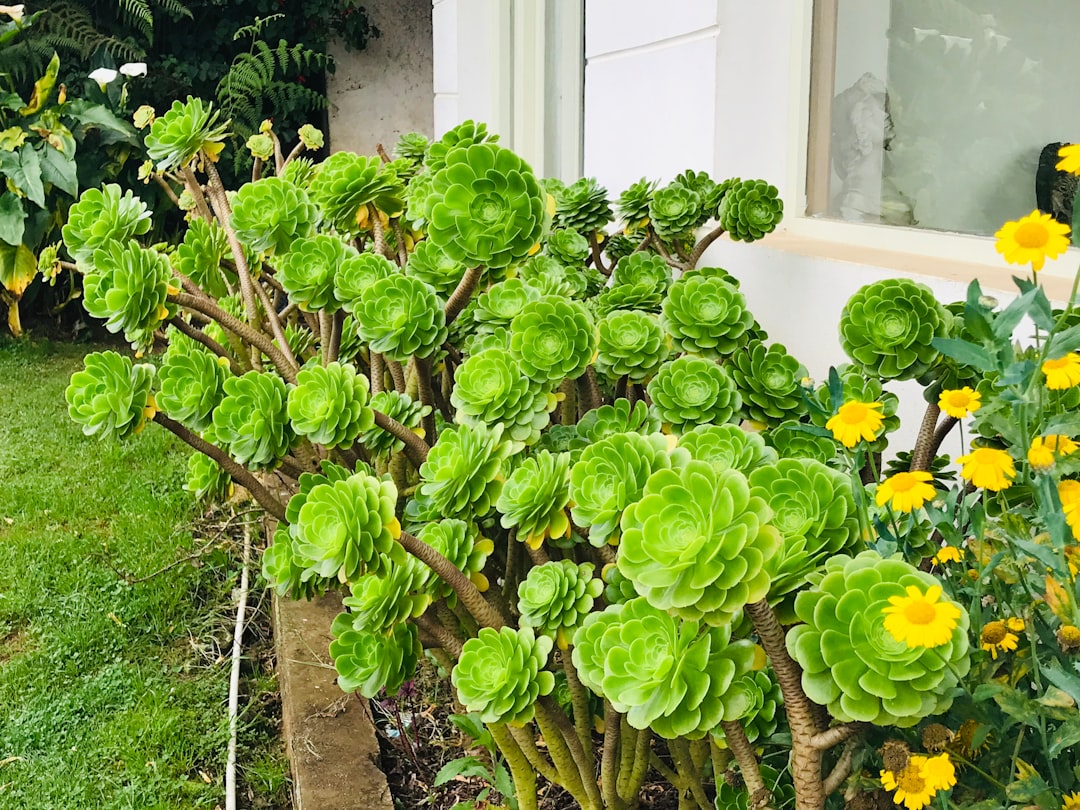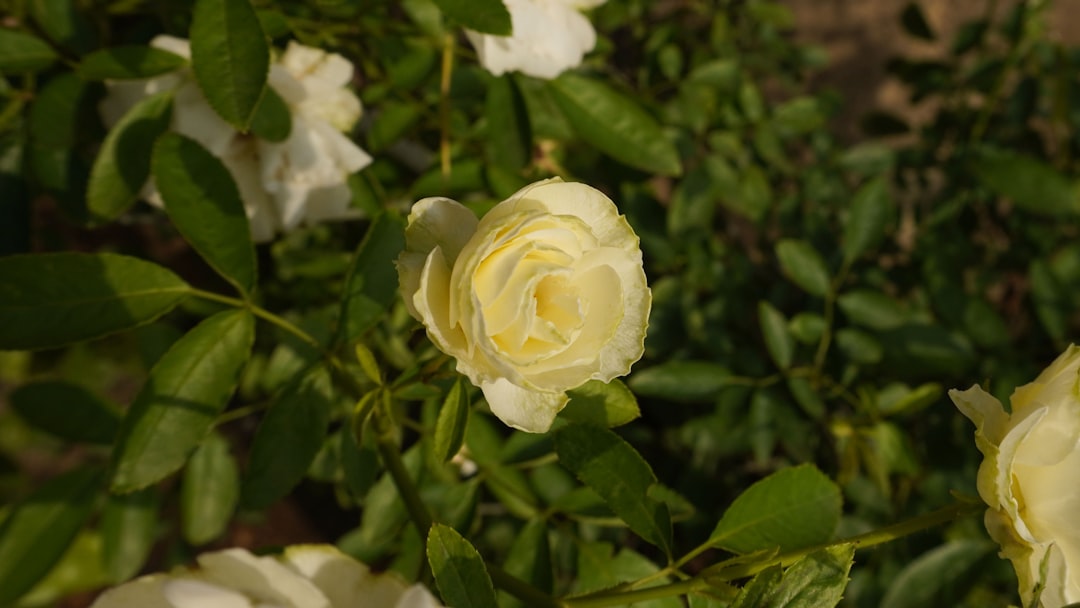In the world of container gardening, peat moss has long been a staple. It's a common element that many gardeners reach for without a second thought. But have you ever stopped to consider how peat moss affects climate change? And more importantly, are there sustainable alternatives that we can use?
Peat moss is formed over thousands of years from the decomposition of sphagnum moss in peat bogs. These bogs are unique ecosystems that store vast amounts of carbon. When peat moss is harvested, the carbon that has been locked away for centuries is released into the atmosphere. This release of carbon contributes to the greenhouse effect, which is one of the main drivers of climate change.
The process of harvesting peat moss also has a significant impact on the environment. Peat bogs are home to a wide variety of plant and animal species, many of which are endangered. When peat moss is harvested, these habitats are destroyed, leading to a loss of biodiversity. In addition, the drainage and extraction of peat moss can cause soil erosion and water pollution.
So, what can we do as gardeners to reduce our impact on the environment? One solution is to look for sustainable alternatives to peat moss. There are several options available that are just as effective in container gardening.
One such alternative is coconut coir. Coconut coir is made from the husks of coconuts, which are a renewable resource. It has similar properties to peat moss, such as good water retention and aeration, but it is more sustainable. Coconut coir is also biodegradable, which means that it will break down over time and not contribute to landfill waste.
Another alternative is compost. Compost is made from organic materials such as food scraps, yard waste, and manure. It is rich in nutrients and can improve the structure of the soil. Compost is also a great way to recycle organic materials and reduce waste. By using compost in your container garden, you can help to reduce your carbon footprint and create a more sustainable garden.
Wood chips and bark are also good alternatives to peat moss. They can be used as a mulch to help retain moisture in the soil and suppress weeds. Wood chips and bark are also a renewable resource and can be sourced locally, which reduces the carbon emissions associated with transportation.
In addition to using sustainable alternatives, there are other steps that you can take to reduce your impact on the environment when gardening. For example, you can choose to buy plants that are native to your area. Native plants are adapted to the local climate and soil conditions, which means that they require less water, fertilizer, and pesticides. This not only reduces your environmental impact but also helps to support local ecosystems.
You can also reduce your water usage by using a drip irrigation system or collecting rainwater. Drip irrigation systems deliver water directly to the roots of the plants, which reduces water waste. Collecting rainwater is a great way to conserve water and reduce your reliance on municipal water supplies.
Finally, you can reduce your use of pesticides and fertilizers by using natural pest control methods and organic fertilizers. There are many natural pest control methods available, such as companion planting, using beneficial insects, and using natural pesticides. Organic fertilizers are made from natural materials and are less harmful to the environment than synthetic fertilizers.
In conclusion, peat moss is a common element of container gardening, but it has a significant impact on climate change. By using sustainable alternatives and taking other steps to reduce your environmental impact, you can create a more sustainable garden. Whether you choose to use coconut coir, compost, wood chips, or bark, there are many options available that are just as effective as peat moss. So, the next time you're planning your container garden, think about the impact that your choices will have on the environment and choose to make a more sustainable choice.

